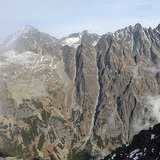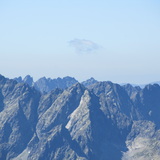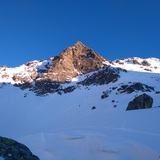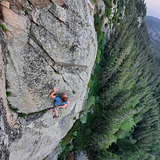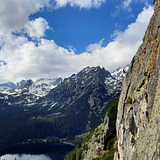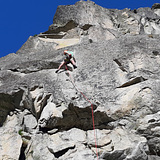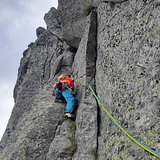In the northern part of the Carpathians on the border of Slovakia and Poland, the granite ridges of the High Tatras stand out. Dozens of valleys, hundreds of peaks, ridges, walls connected by hiking trails provide a refuge for fans of the alpine environment. Climbing activities start with alpine tourism, less demanding climbing ascents to challenging traditional and sport climbing routes and bouldering. Of course, in winter the Tatras provide endless opportunities for lovers of winter climbing, rock, ice, mixes and ski touring.
A detailed general e-guidebook is:
http://www.tatry.nfo.sk/
The first discoverers of the Tatra valleys and peaks in the last centuries were shepherds from the foothills. At that time, the recorded ascents were made by Uhorian and Polish discoveries accompanied by local mountain guides. The first climbing ascents were made in the 1920s by Polish climbers, where Wieslaw Stanislawski is the symbol of this generation. Generations of Slovak, Polish and Czech climbers follow, who opened hundreds of routes in all parts of the Tatras. The era of aid climbing ends in the 1980s and the period of free trad and sport climbing begins. Bouldering is also very popular in the High Tatras valleys.
Climbing has been limited!
The High Tatras are part of a nature reserve. For all sports activities, including climbing, the rules are defined by the visiting rules and controlled by nature rangers.
See: https://shsjames.org/portfolio-items/navstevny-poriadok-tanapu/
The Slovak Mountaineering Association also has rules of mountaineering activities in the High Tatras, which must be observed.
See:https://shsjames.org/portfolio-items/sprava-vysokych-tatier/
Warning, according to the current rules, climbing is prohibited in the "Plesnivec" sector, the listed climbing routes in the "Plesnivec" sector only describe the history of climbing.
